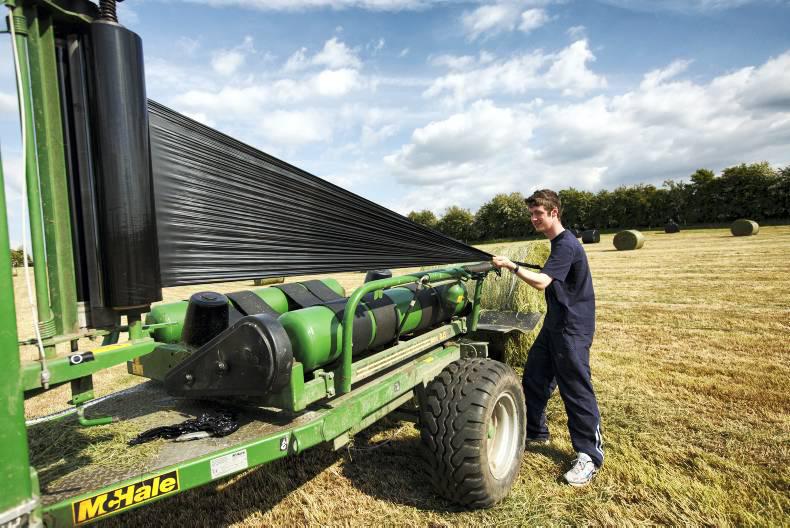Technological Innovation
Optimum stretch rate for good round bale silage making
Optimum moisture content for good round bale silage-making is 50 to 60%. At 40 to 50% moisture, heat damage can be expected and at less than 40% moisture, burnt forage or even spontaneous combustion may occur.
Most large round balers can successfully bale wilted forage, but the variable chamber balers seem to do a better job than those with fixed chambers. Chain-type balers have sometimes had an advantage over belt-type since excessive slippage of belts may occur with wet forage in some machines.
Roll the bales as tightly and evenly as possible. This helps to exclude air, improves fermentation and reduces losses during feedout. If you are using bags, be sure bales are the correct size to fit the bags. Bags should fit bales snugly to minimize air space, but should be big enough to slip over the bales without difficulty. Tight, dense, uniform size bales not only provide a better fit of bags and wrap but enables stacking bales for storage. Baling ground speed should be less than speeds used in making field-cured hay. This results in tighter, more dense bales. Desired density is 10 to 15 lbs DM per cubic foot.
Keep in mind that bales containing 50 to 60% moisture will weigh about double that of dry hay bales of the same size. The typical diameter and weight of round bale silage baled at 55% moisture are: 4 ft, 800 to 1,000 lb; 5 ft, 1200 to 1600 lb; and 6 ft., 2200 to 2700 lb (adapted from Harrison and Fransen, 1991). Don't overload the strength of your baler, tractor or loader. After you have made the first bale, try to lift it with your bale handling equipment to see if the weight is acceptable. There is not much that you can do after the field has been baled and then discover that the bales are too big for the bags or too heavy for the loader or wrapper. Net or plastic twine are recommended for tying bales -- the chemical preservative in sisal twine may degrade the plastic bag or wrap.

Categories
Latest News
Contact Us
Contact: AGRI team
Phone: 0086-18265519808
Tel: +86-532-68065019
Add: No.8 YangGuang Road,DongE Industrial Park,Shandong,China;